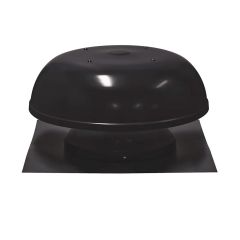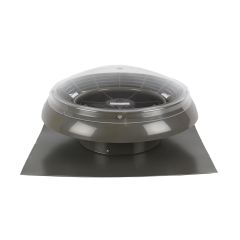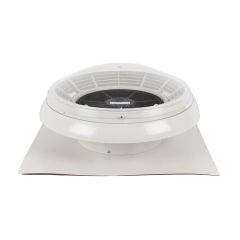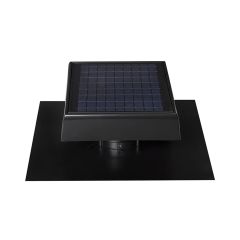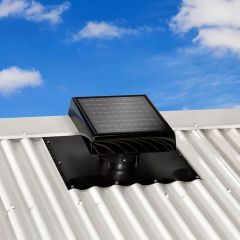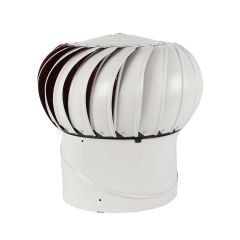Roof ventilation plays a crucial role in establishing a pleasant, healthy, and energy-efficient living environment. Vents offer numerous advantages, including:
Preventing Condensation and Damage Caused by Mould
The accumulation of condensation and moisture poses a destructive threat by promoting the growth of mould and mildew, leading to rot and compromising indoor air quality. Roof ventilation effectively expels humid and moist air, curbing condensation and mould formation, thereby safeguarding your home's structural integrity and promoting a healthier indoor atmosphere.
Prolonging the Lifespan of the Roof
Adequate roof ventilation significantly extends the durability and longevity of the roof, serving as a cost-effective investment to enhance its value. By facilitating the escape of hot and humid air from the roof cavity, it minimizes the risks of condensation, rot, and mould formation.
Reducing Energy Expenses
An effectively ventilated home allows heat to dissipate from the roof space and replaces it with fresh outdoor air. This, in turn, reduces the burden on air conditioning systems, leading to lower energy consumption and creating an energy-efficient home.
Alleviating Heat
Roof ventilation effectively controls the temperature and humidity within your roof space by enabling the exchange of hot air with drier, ambient air. As hot air naturally ascends, insufficient ventilation can trap the heat within your roof cavity, resulting in an uncomfortable living environment and increased energy costs.





